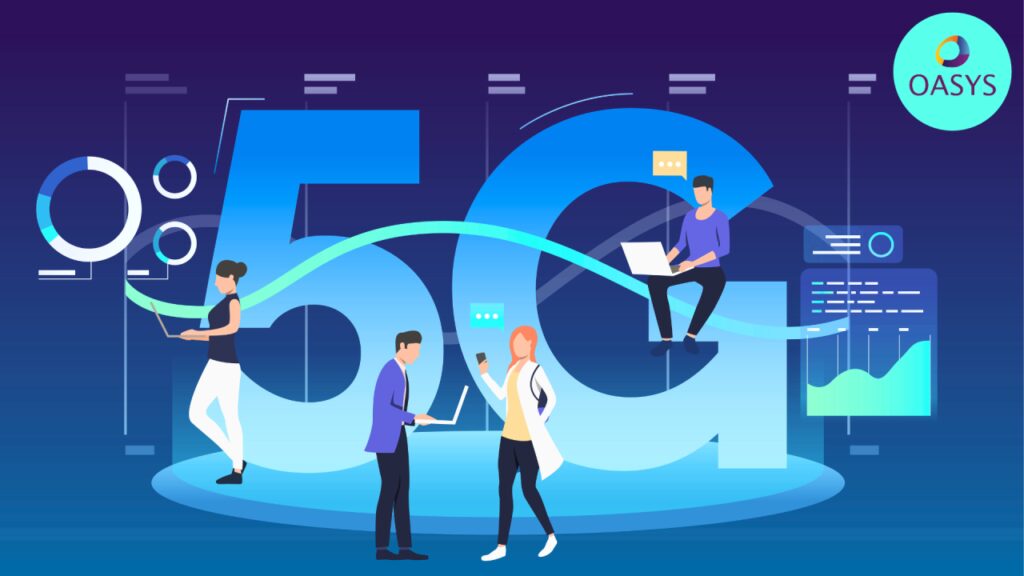5G technology is set to revolutionize communication and connectivity with faster speeds, lower latency, and enhanced reliability. It will improve the overall user experience by providing faster downloads, smoother video streaming, and better performance on devices. Enhanced connectivity will benefit a wide range of devices beyond smartphones, including IoT devices, smart home appliances, and autonomous vehicles. Various industries such as healthcare, manufacturing, and entertainment will see advancements in communication and connectivity. However, challenges such as security concerns and potential health effects of 5G radiation need to be addressed. Overall, the impact of 5G technology on communication and connectivity is expected to be profound, shaping the future of the digital world.
The Impact of 5G Technology on Communication and Connectivity: What to Expect
Introduction
5G technology is the next generation of wireless communication that promises a significant impact on the way we connect and communicate. With faster speeds, lower latency, and better reliability, 5G is expected to revolutionize various industries and improve the overall user experience. In this article, we will explore the potential impact of 5G technology on communication and connectivity.
Improved Speeds and Latency
One of the most anticipated benefits of 5G technology is the significantly improved speeds and lower latency compared to its predecessor, 4G. With speeds up to 100 times faster than 4G, users can expect faster downloads, smoother video streaming, and better overall performance on their devices. This will revolutionize the way we consume content and interact with digital services.
Enhanced Connectivity
5G technology will also bring enhanced connectivity to a wide range of devices, beyond just smartphones and tablets. The Internet of Things (IoT) devices, smart home appliances, and autonomous vehicles will benefit from the improved connectivity provided by 5G networks. This will enable a more seamless and integrated network of devices that can communicate and interact with each other in real-time.
Impact on Industries
The impact of 5G technology goes beyond just improved speeds and connectivity for consumers. Various industries such as healthcare, manufacturing, transportation, and entertainment are expected to benefit from the advancements in communication and connectivity offered by 5G networks. For example, in healthcare, 5G can enable remote monitoring, telemedicine, and real-time communication between doctors and patients. In manufacturing, 5G can improve automation processes and enable better communication between machines. The possibilities are endless, and we can expect to see significant advancements in various sectors due to 5G technology.
Challenges and Concerns
While 5G technology offers numerous benefits, there are also challenges and concerns that need to be addressed. One of the main concerns is the security and privacy of data transmitted over 5G networks. With more devices connected to the internet, the risk of cyber threats and attacks increases. It is crucial for stakeholders to prioritize security measures and implement robust protocols to protect user data and privacy. Additionally, there are concerns about the potential health effects of prolonged exposure to 5G radiation. While research is ongoing, it is important to address these concerns and ensure that 5G technology is safe for users.
Conclusion
In conclusion, the impact of 5G technology on communication and connectivity is expected to be profound. With faster speeds, lower latency, and enhanced connectivity, 5G will revolutionize the way we connect and interact with the digital world. Industries will benefit from the advancements in communication and connectivity offered by 5G networks, leading to significant improvements in various sectors. While there are challenges and concerns that need to be addressed, the potential benefits of 5G technology make it an exciting development that will shape the future of communication and connectivity.
